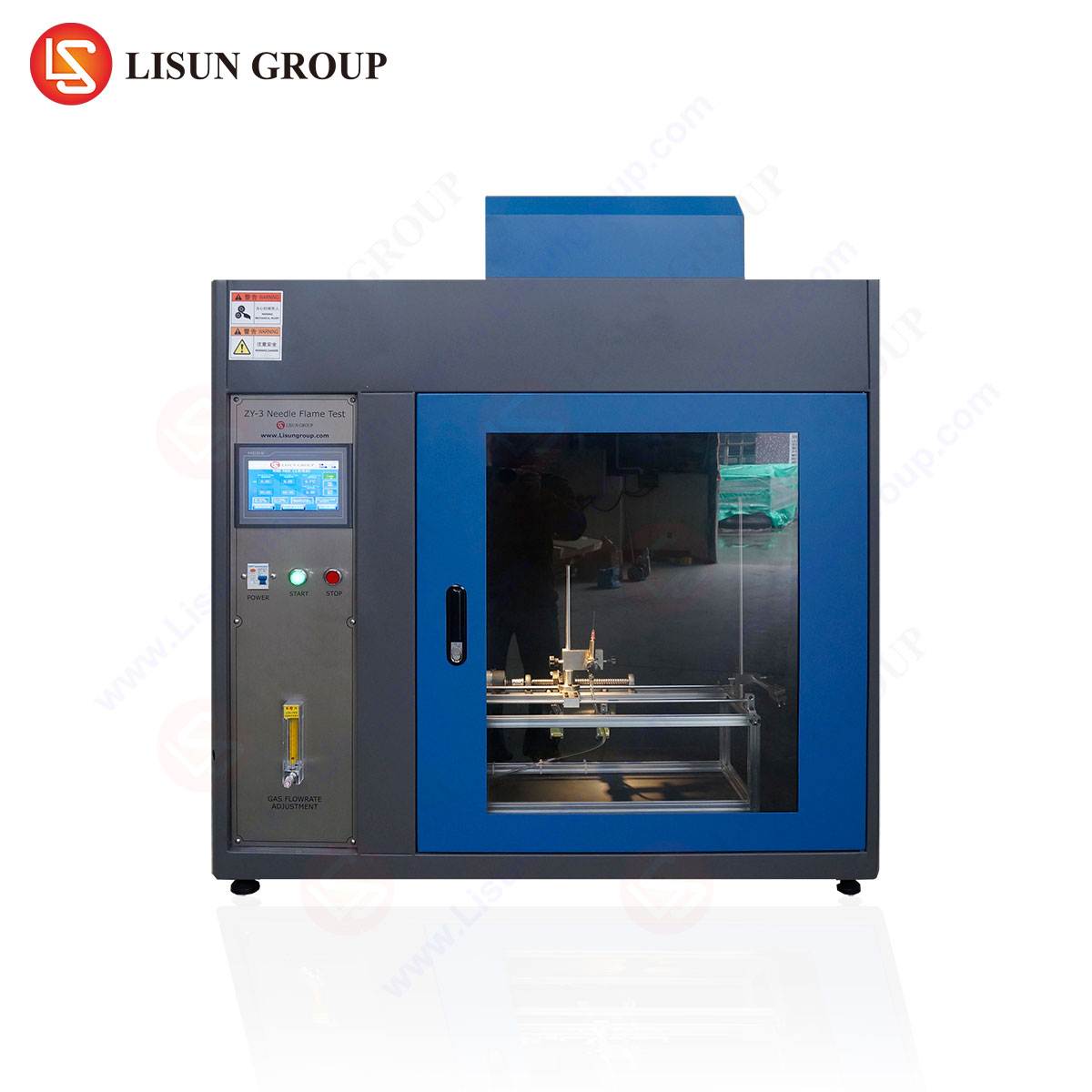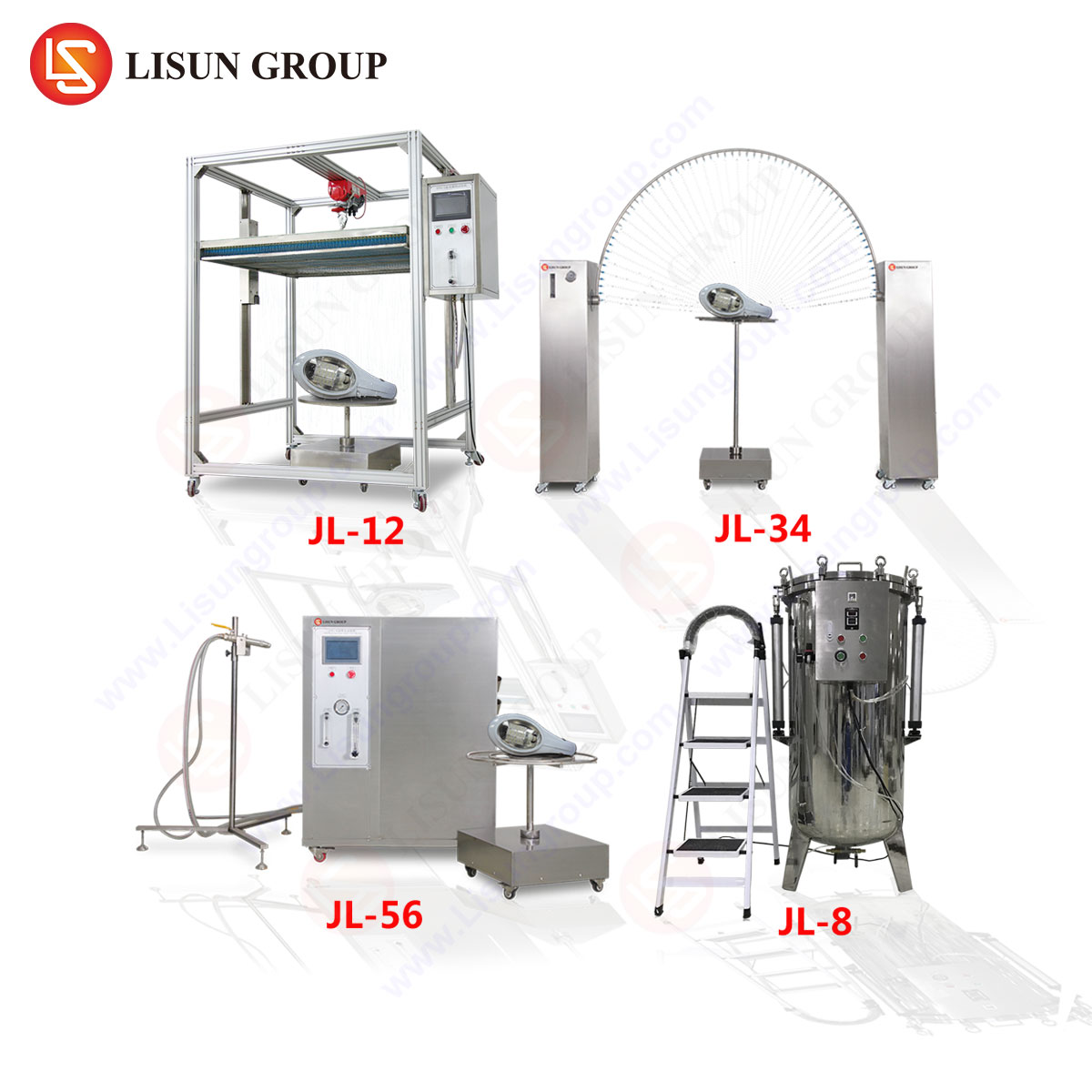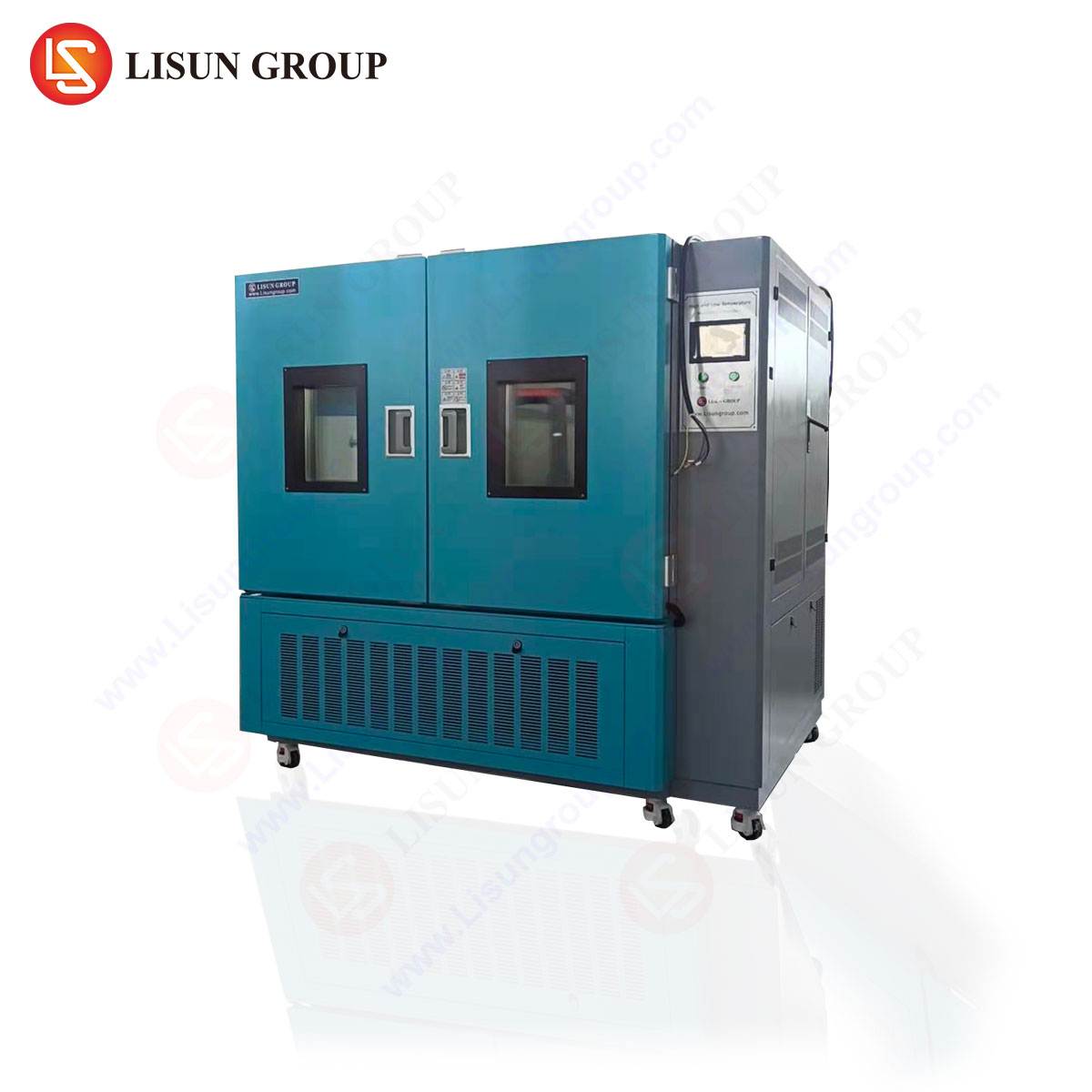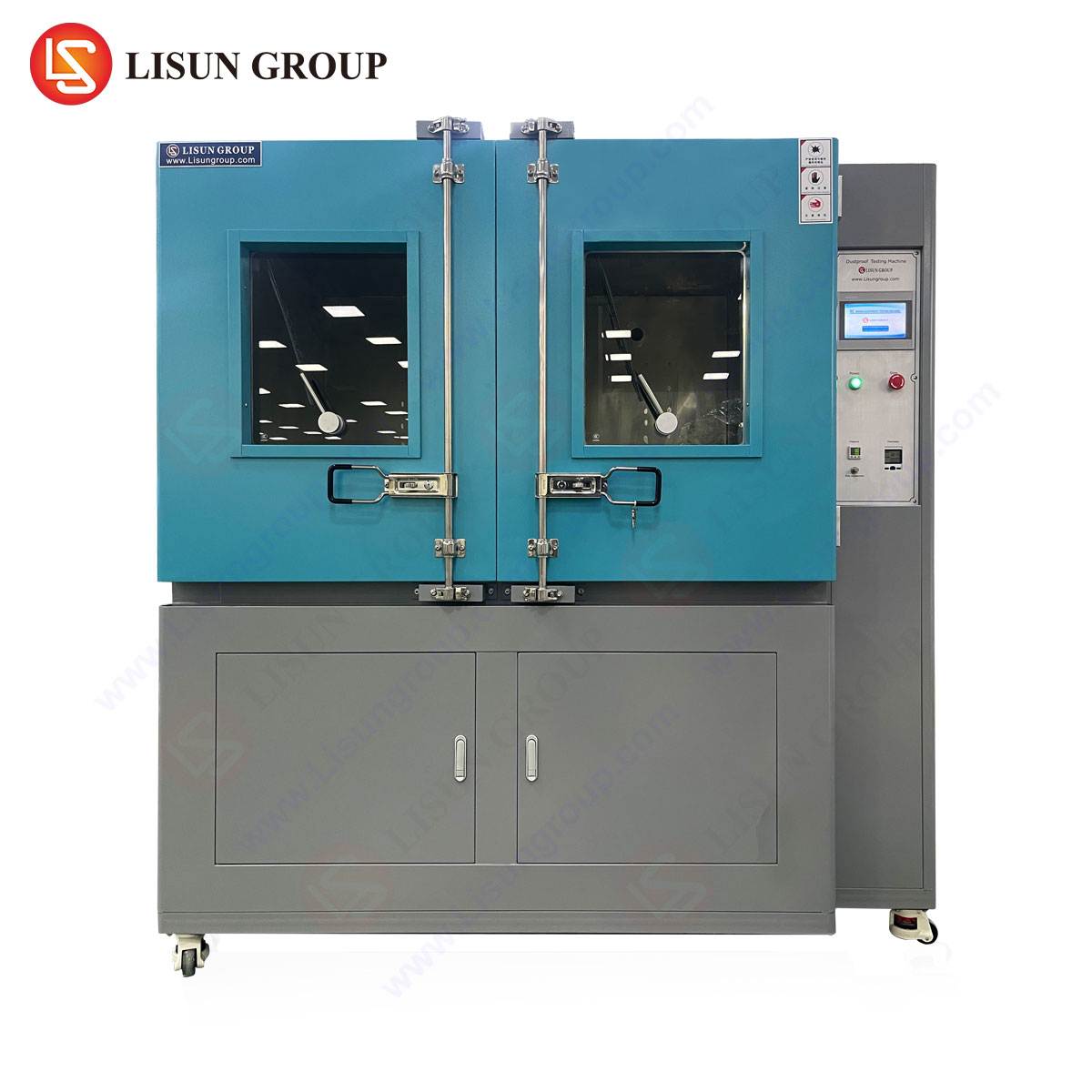Introduction to Spring Hammer Testing in Material Durability Evaluation
Spring hammer testers are specialized instruments designed to assess the impact resistance of materials and components under controlled mechanical stress. These devices simulate real-world mechanical shocks to evaluate structural integrity, surface durability, and compliance with international standards such as IEC 60068-2-75 and GB/T 2423.55. The testing process involves a spring-loaded hammer mechanism that delivers precise, repeatable impacts, making it indispensable for industries requiring rigorous quality validation.
Mechanical Principles and Operational Mechanics of Spring Hammer Testers
The core mechanism of a spring hammer tester consists of a calibrated spring system that stores and releases kinetic energy upon triggering. The hammer’s impact energy, typically adjustable between 0.14 J and 2 J, is determined by spring compression and release dynamics. Key operational parameters include:
- Impact Velocity: Controlled via spring tension to ensure consistency.
- Strike Angle: Adjustable to simulate varying force vectors.
- Energy Calibration: Verified using reference materials to maintain accuracy.
The device’s design minimizes human error, with automated release mechanisms ensuring test reproducibility. Advanced models incorporate force sensors to measure peak impact loads, providing quantitative data for failure analysis.
Integration of the HLST-500D Thermal Shock Test Chamber in Comprehensive Testing Regimens
While spring hammer testers evaluate mechanical robustness, the HLST-500D thermal shock test chamber complements these assessments by exposing materials to extreme temperature fluctuations. This dual testing approach is critical for components subjected to both mechanical stress and thermal cycling, such as automotive electronics and aerospace connectors.
Key Specifications of the HLST-500D:
- Temperature Range: -65°C to +150°C
- Transition Time: ≤10 seconds between chambers
- Capacity: 500L, accommodating large or batch testing
- Compliance: Meets IEC 60068-2-14, MIL-STD-810G
Synergistic Testing Applications:
- Automotive Electronics: Validate PCB resilience under thermal shocks and mechanical impacts.
- Telecommunications Equipment: Assess enclosures for durability in fluctuating climates.
- Medical Devices: Ensure casings withstand sterilization cycles and physical handling.
The HLST-500D’s rapid temperature transitions and precise control eliminate thermal lag, a competitive advantage over conventional chambers.
Industry-Specific Applications of Spring Hammer Testing
Electrical and Electronic Equipment
Spring hammer tests verify the durability of switches, sockets, and insulating materials. For example, IEC 61058 mandates impact resistance testing for appliance switches to prevent failure under accidental strikes.
Lighting Fixtures
LED housings and diffusers are tested to withstand impacts during installation or transportation. EN 60598-1 specifies impact energy thresholds for luminaires in public spaces.
Aerospace and Aviation Components
Composite materials and avionics enclosures undergo combined mechanical and thermal testing to meet DO-160 and Airbus ABD0101 standards.
Standards Compliance and Regulatory Frameworks
Spring hammer testing aligns with multiple international standards, including:
- IEC 60068-2-75: Environmental testing for impact resistance.
- ISO 3795: Automotive interior material flammability and impact requirements.
- UL 746C: Polymeric material evaluations for electrical devices.
Data from these tests supports certification processes, reducing time-to-market for compliant products.
Comparative Analysis: Spring Hammer Testers vs. Alternative Impact Testing Methods
| Parameter | Spring Hammer Tester | Pendulum Impact Tester | Drop Weight Tester |
|---|---|---|---|
| Energy Range | 0.14–2 J | 1–50 J | 5–300 J |
| Precision | High (±2%) | Moderate (±5%) | Low (±10%) |
| Applicable Standards | IEC 60068-2-75 | ASTM D256 | MIL-STD-331 |
Spring hammer testers excel in low-energy impact scenarios, offering superior precision for delicate components.
FAQ Section
Q1: What is the typical failure mode detected by spring hammer tests?
A1: Cracks, fractures, or deformations in materials, particularly brittle polymers or thin metallic coatings.
Q2: How does the HLST-500D enhance spring hammer testing outcomes?
A2: By pre-conditioning samples with thermal shocks, it reveals latent material weaknesses before mechanical testing.
Q3: Which industries require combined mechanical and thermal testing?
A3: Automotive, aerospace, and medical sectors, where components face simultaneous thermal and physical stress.
Q4: Can spring hammer testers evaluate multi-layer composites?
A4: Yes, but results must account for delamination risks under shear forces.
Q5: What maintenance ensures spring hammer tester accuracy?
A5: Regular calibration of spring tension and hammer alignment, per ISO 9001 guidelines.







